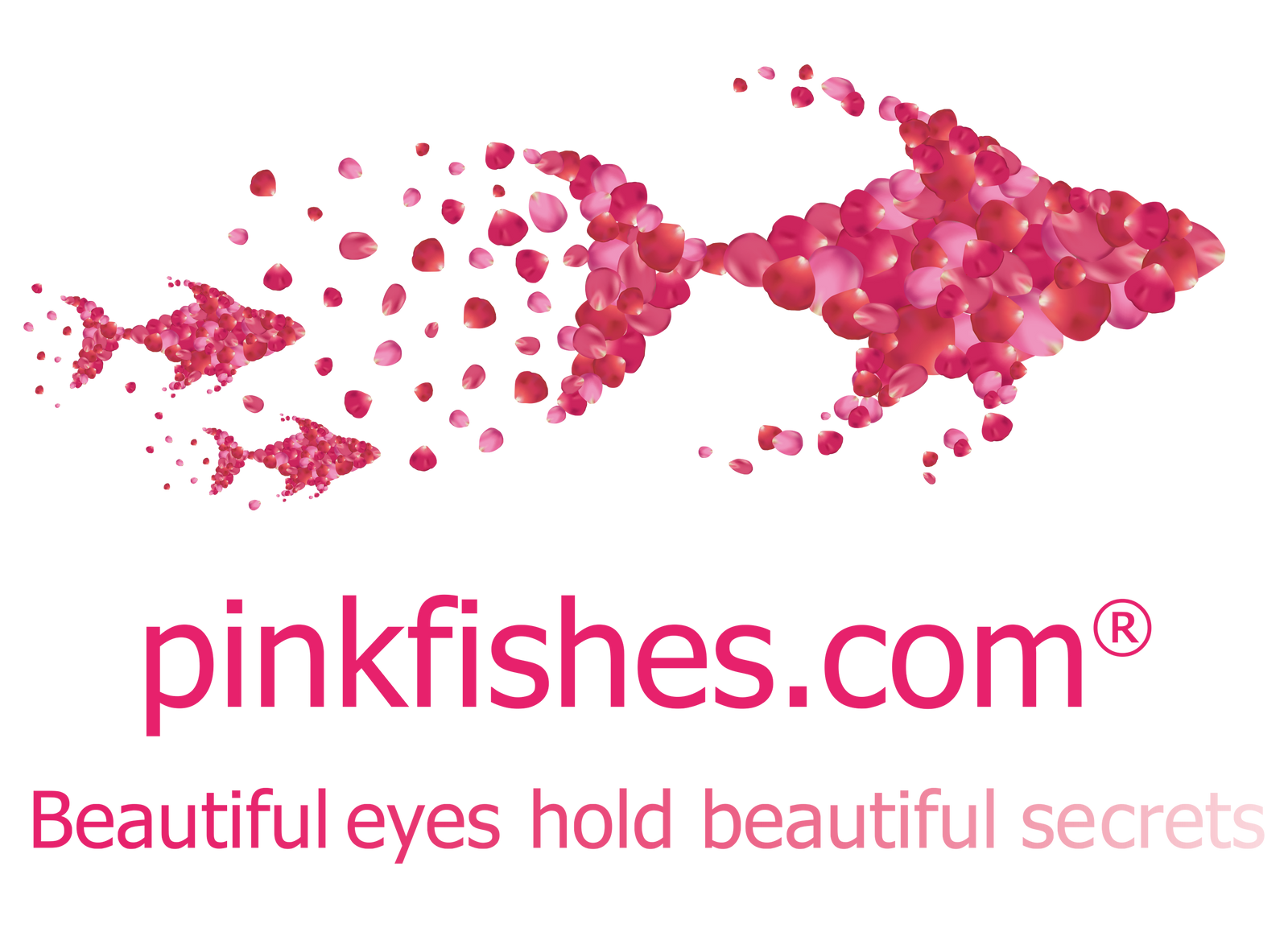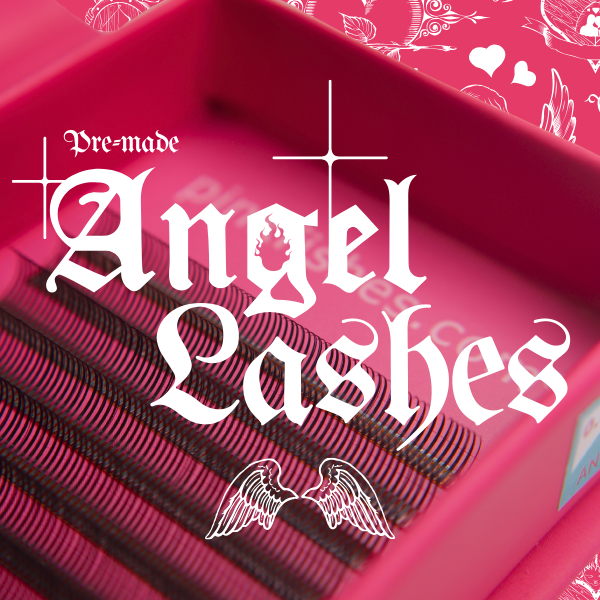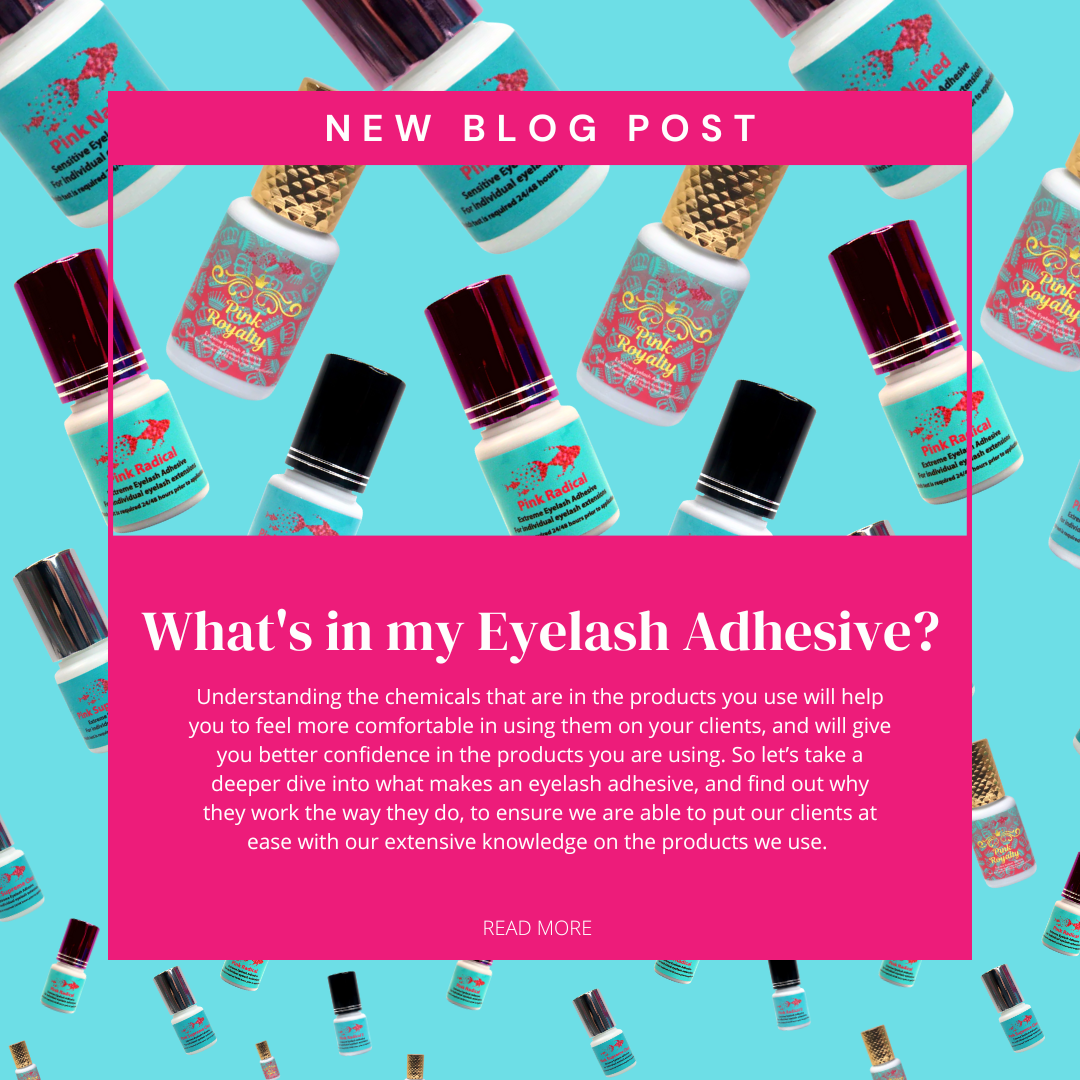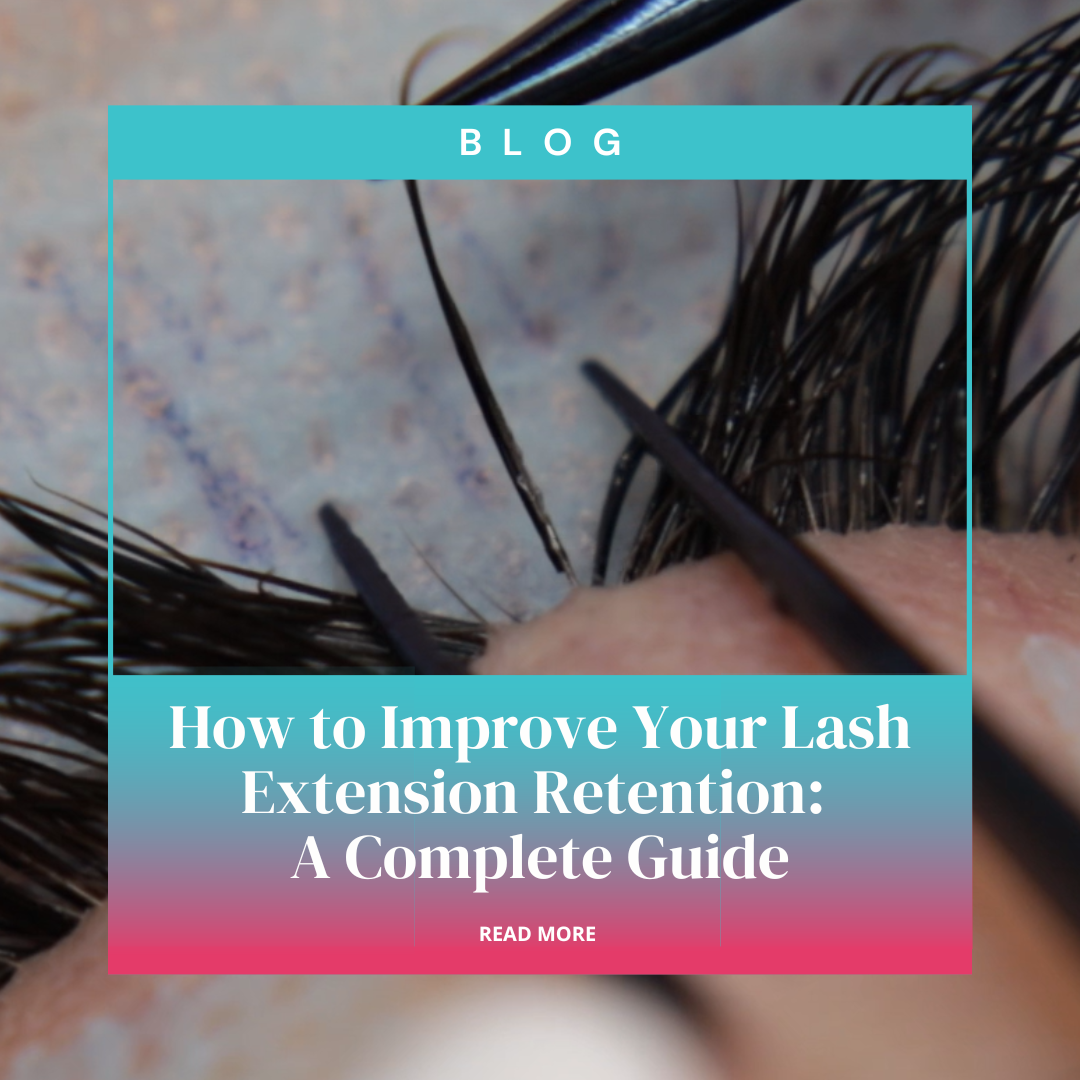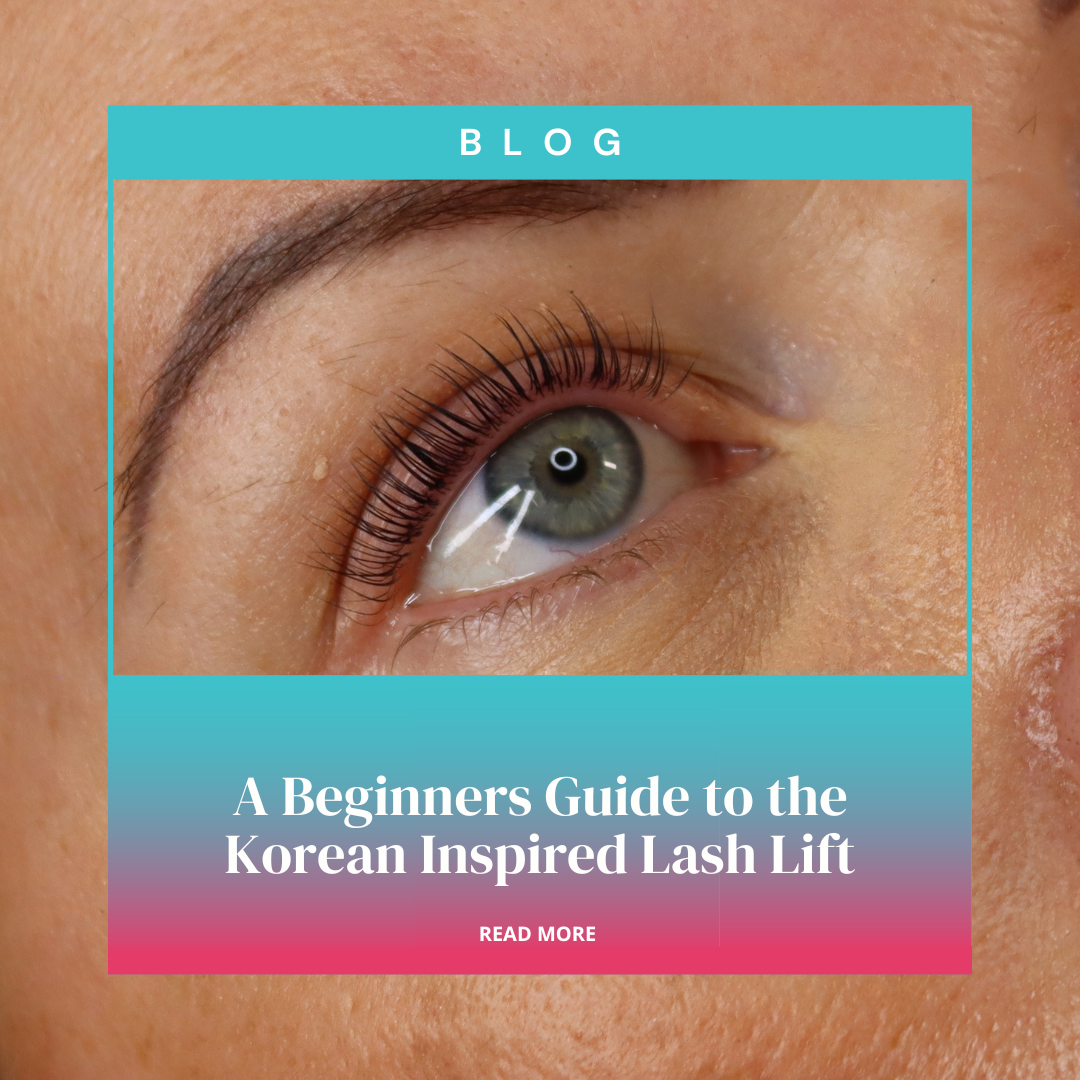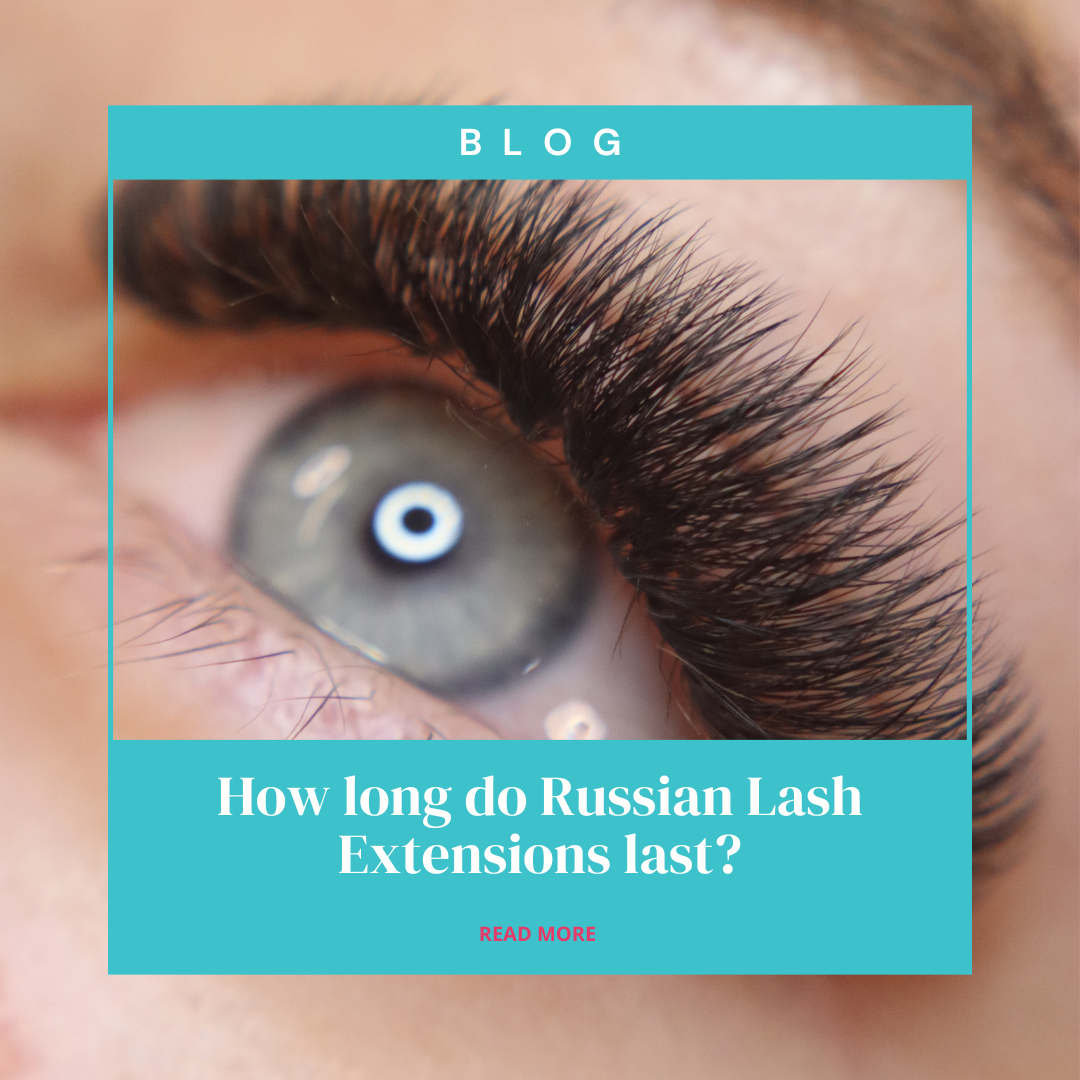What is in my Eyelash Adhesive?
Eyelash Adhesive Ingredients
The 4 main ingredients that go into most eyelash adhesives are; Cyanoacrylate, Carbon Black, PMMA and Hydroquinone.
Cyanoacrylate
Is the base of all lash adhesives and is what causes your extensions to stay in place. It is a colourless and thin liquid which is safe to use around the skin. The chemical liquid polymerises (hardens) when it is exposed to moisture, and the speed that this reaction happens is what determines the drying time of the glue.
Now let’s break down the meaning of the word to see exactly where it comes from. Cyano – comes from cyanide. This is a carbon atom that has been bonded 3 times to a nitrogen atom. Cyanide in itself is extremely dangerous; however, it is only used for manufacturing purposes and so isn’t present in the adhesive at all! Cyanide is a thickening agent which is a necessary ingredient to the glue. Acrylate comes from Acrylic Acid. This is an organic acid that quickly polymerises (hardens) when exposed to air.
Cyanoacrylate is a quick self-curing solution, which is biodegradable too.
There are 5 different ways that this chemical can be processed to create a variety of strengths.
Ethyl Cyanoacrylate – Ethyl (2 carbon atoms) cyanoacrylate is the most commonly used cyanoacrylate for eyelash adhesive. It has a fast-drying time and is very strong with a low amount of fumes.
Methyl Cyanoacrylate – Methyl (1 carbon atom) cyanoacrylate is a toxic substance and is only designed for industrial use. It used to be the most popular type of cyanoacrylate when extensions first became popular due to its extreme strength. However, it is no longer commonly used due to the high level of fumes and irritation that it causes.
Butyl Cyanoacrylate – This type of cyanoacrylate is used for ‘hypoallergenic’ or ‘sensitive’ glues. It has lower levels of fumes compared to the previous two, due to it being weaker in strength. This does however mean that retention is generally shorter with sensitive glues. The drying time is generally longer than other glues too.
Alkoxy Cyanoacrylate is very low in fumes and odour. This type is a lot more expensive than other types and so is quite rare in most eyelash adhesives.
Methoxy-Cyanoacrylate has the lowest amount of fumes and causes the least amount of irritation. It was designed and developed to be used in sensitive glues to combat the issues caused the fumes and odours of other substances. This does however mean that it is much weaker and has a really slow drying time compared to other cyanoacrylates.
All adhesive manufacturers strive to get the perfect balance between substances to get the perfect glue, with minimum fumes but maximum strength.
Carbon Black
PMMA
(polymethyl methacrylate) is a form of liquid plastic. This combined with cyanoacrylate makes the substance even stronger. Without PMMA, cyanoacrylate would still be strong, however it would be a lot more brittle. So, cyanoacrylate can be seen to be responsible for the quick curing time, and PMMA is responsible for the long-lasting solid bond given to the adhesive.
Ok, so now that we have covered the basic ingredients, how about covering some Frequently Asked Questions on the topic of glue… so that you are fully prepared for your next inquisitive client.
Is my Eyelash Extension Glue Formaldehyde Free?
Is my Eyelash Extension glue Latex Free?
Latex is an ingredient used in some lash glues to help increase the adhesives resistance to oils and water. Leading to better retention and durability. This ingredient can however be the cause of a lot of people's allergic reactions. Clients will generally know if they have a latex allergy, however it isn’t uncommon for them to be unaware.
Nowadays, most manufacturers exclude latex from the ingredients list for this reason and use a synthetic lab-made rubber elastomer instead. This replacement avoids all latex reactions, but still gives the glue its durability and great retention.
All of Pinkfishes glues are latex free.
How should I store my Eyelash Adhesive?
Glue should also be kept out of direct sunlight, as this in combination with the cool temperature of the glue can cause condensation on the bottle. Therefore, exposing the adhesive to added moisture and starting the curing process prematurely.
We always say that in the beauty industry, every day is a day to learn something new and further your knowledge, so keep a look out for our next blog coming soon!
